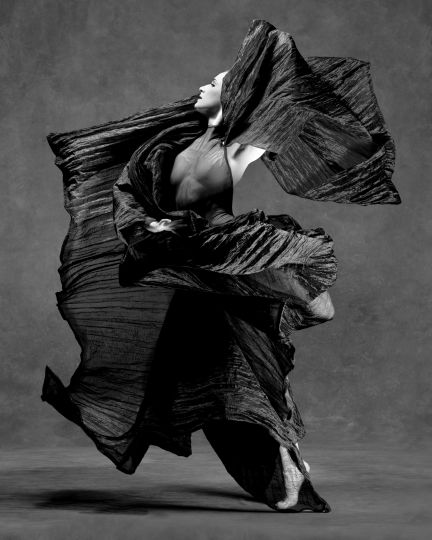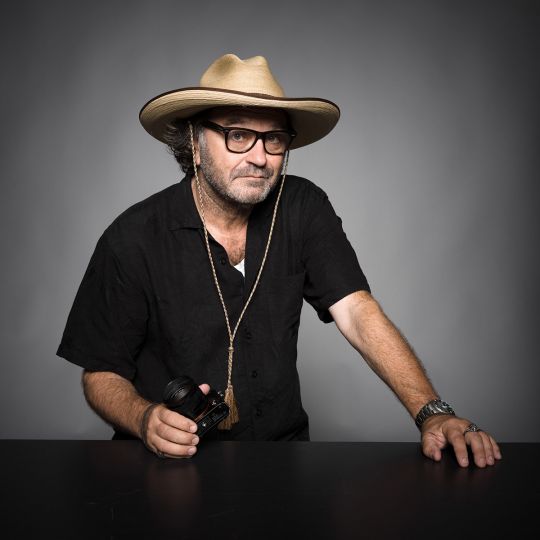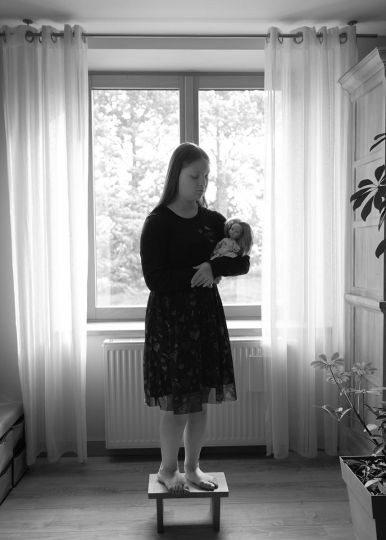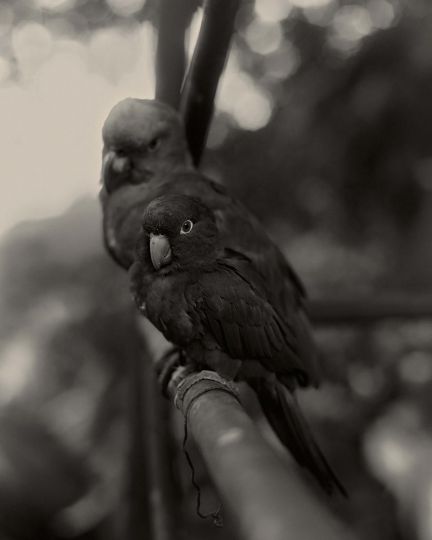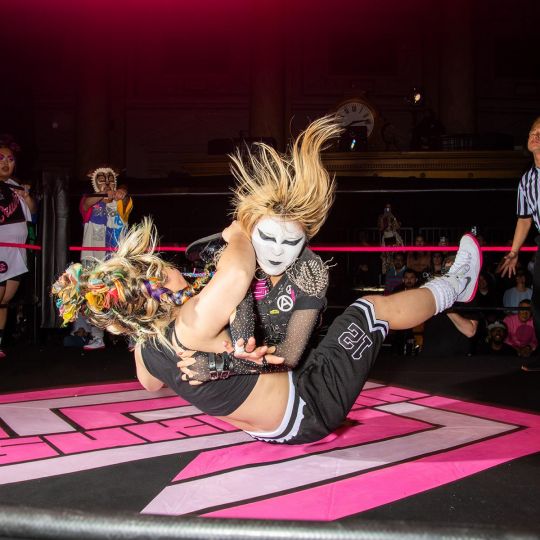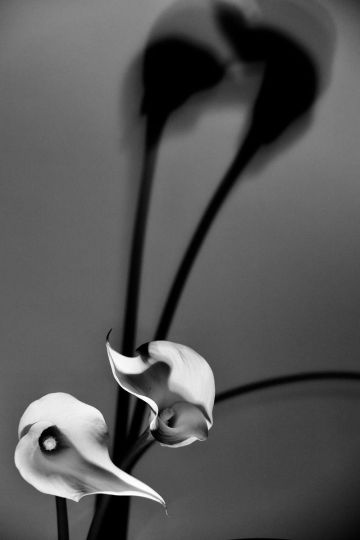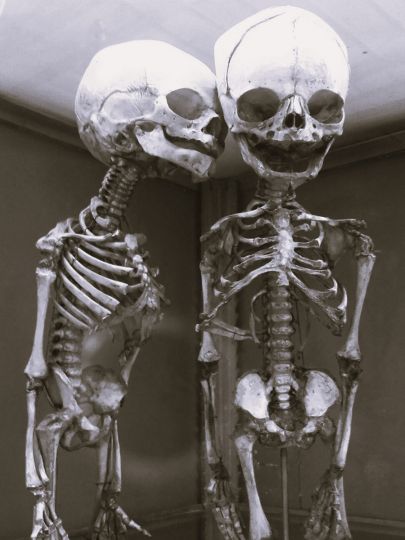This year, the Martha Graham Dance Company celebrates its 85 Anniversary Season, making it the oldest modern dance company in America. Graham, who died twenty years ago this April, had a revolutionary vision and artistic mastery that has made her one of the icons of twentieth-century art. “I have spent all my life with dance and being a dancer,” she said. “It’s permitting life to use you in a very intense way. Sometimes it is not pleasant. Sometimes it is fearful. But nevertheless it is inevitable.”
During her long and illustrious career, Graham created 181 masterpiece dance compositions. Her creativity crossed artistic boundaries and embraced every artistic genre. She collaborated with and commissioned work from the leading visual artists, musicians, and designers of her day, including sculptor Isamu Noguchi and fashion designers Halston, Donna Karan, and Calvin Klein, as well as composers Aaron Copland, Samuel Barber, William Schuman, Norman Dello Joio, and Gian Carlo Menotti.
Graham’s first major photographic collaborator of note was Barbara Morgan, whose iconic image of Martha, “the kick,” was immortalized on a U.S. postage stamp. As Artistic Director Janet Eilber notes, “Since there is very little film (moving images) of the early era of modern dance, much of the esthetic is defined by Morgan’s powerful documentation. In fact, without the Morgan photos, many of the early masterworks would be lost.”
Most notably, the Morgan photographs were used to reclaim American Document, a “lost” work of 1938. By using some 400 images from the Morgan archive, the Company was able to reconstruct the piece. Eilber continues, “It’s difficult to explain how important this is to our process of trying to recapture the actual moves of a dance that disappeared over 65 years ago. We are trying to recreate the exact physical moves of the dance using the still photos, and equally important, we are trying to return to the emotional impact of the work. For this, the quality of the Morgan photos is essential—her genius was in capturing the depth of expression as well as the movement—as you can see with one look at her incredible photos.”
Without a story such as this, one might not consider the profound impact photography has on the dance. Too many times, dance photography is used for marketing a new season, rather than capturing the integrity of the form. To find the right photographer is an art unto itself; for the photographer must understand the ephemeral nature of dance and be able to translate that motion into a single image.
In keeping with Graham’s tradition of collaborating with innovative artists in other fields, the Company began a partnership with Albert Watson in 2010 to photograph the dancers. The collaboration has proven remarkable for all involved. Watson has made his mark as one of the world’s most successful fashion and commercial photographers during the last four decades, while creating his own art along the way. His intuitive understanding of photography allows him to capture the essence of dance beautifully on film.
Watson recalls, “Many years ago, I had a chance to photograph very good ballet dancers in Los Angeles. I had never photographed dancers before, but when they started dancing, I thought it was wonderful. Of course, I started to photograph them while they danced. I was taking one picture every second. One, two, fifty, one hundred, four hundred photographs in one scene. I just kept shooting. I thought it was fabulous that I had so many pictures.
“When all the contacts came back I had difficulty finding good shots. Out of four hundred photographs, there were only about two or three good photographs. I realized that the main reason was timing issues. Timing is crucial with dance. Getting dancers to be at the maximum of what that particular piece of movement is what needs to be captured. For example: If the fingertips are stretched, they should be hyper-stretched. If you shoot continuously, you can miss a movement for one tenth of a second and miss your shot. I analyzed it and never made that mistake again. From then on, I was only going to look for a specific moment in a routine that I thought was interesting or had physical graphic possibility.
“It’s important that you work with a dancer. Out of the hundreds of movements a dance makes in on routine, I need to pick a powerful moment. A movement that tells the story of the dancer and represents what the dance is about. It’s only a split second that communicates all of these things, which is the movement we need to find and exaggerate. It is also very difficult to see the power in a moment and making sure the dancer is not posing. It needs to feel like a continuous movement.
“Timing is crucial with dance. Getting dancers to be at the maximum of what that particular piece of movement is what needs to be captured. I look for a specific moment in a routine that I think is interesting or had physical graphic possibility. Then I work on that move again and again, refining it, exaggerating it and pushing it so that I would have that moment. “
The results are astounding. Martha Graham Dance Company principal Katherine Crockett notes, “My experience working with Albert was absolutely wonderful. He creates an environment that allows a dancer to trust, and feel confident to explore, and at the same time, is clear about what he wants and pursues his vision with a conviction of total perfectionism. He has an extraordinary eye that is keenly aware and is attentive to every detail. This includes every inch of the body, face, costume, set, lighting, as well as the expression coming through the dancer. He somehow has captured that instant in which the emotional pulse and the dancer’s movement is suspended in peak intensity. Like holding one’s breath in anticipation. Somehow, even though the photo image is completely still, I feel the fluidity of movement, space and passion in the dancer in the image.”
Janet Eilber observes, “Working with Albert Watson cannot be labeled a ‘photo shoot.’ It was the kind of artistic collaboration that rarely emerges—a serendipitous connection between the explosiveness of the Graham artistic core and Albert’s ability to understand, inspire and capture in an instant the most potent shape, shift of weight and expression. He worked with us to distill moments into images that do not freeze time but that evoke entire emotional journeys.”
Miss Rosen
The Martha Graham Dance Company celebrates its 85 Anniversary Season at Lincoln Center March 15-20, 2011.

